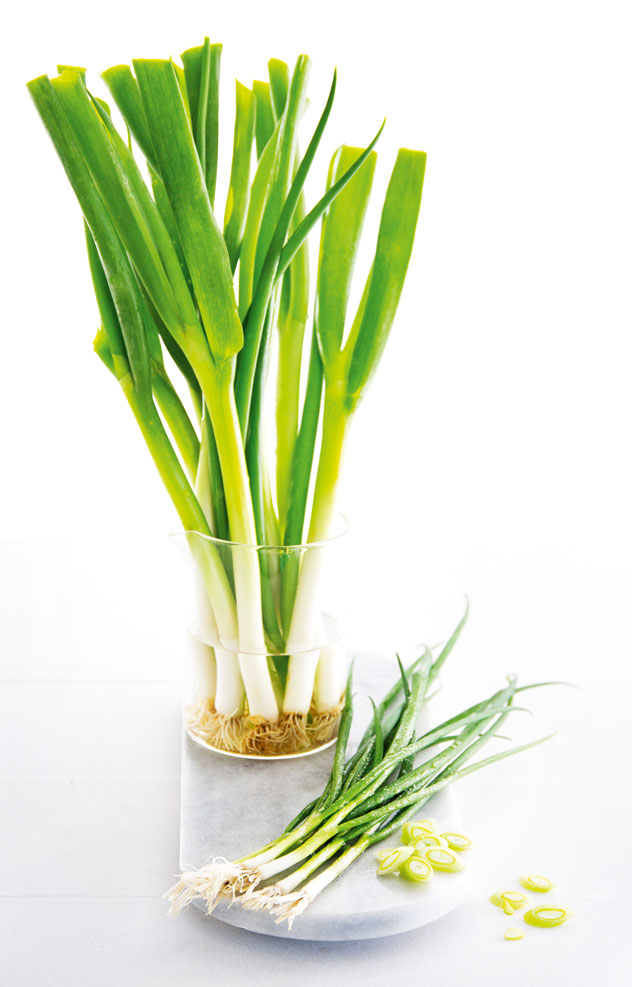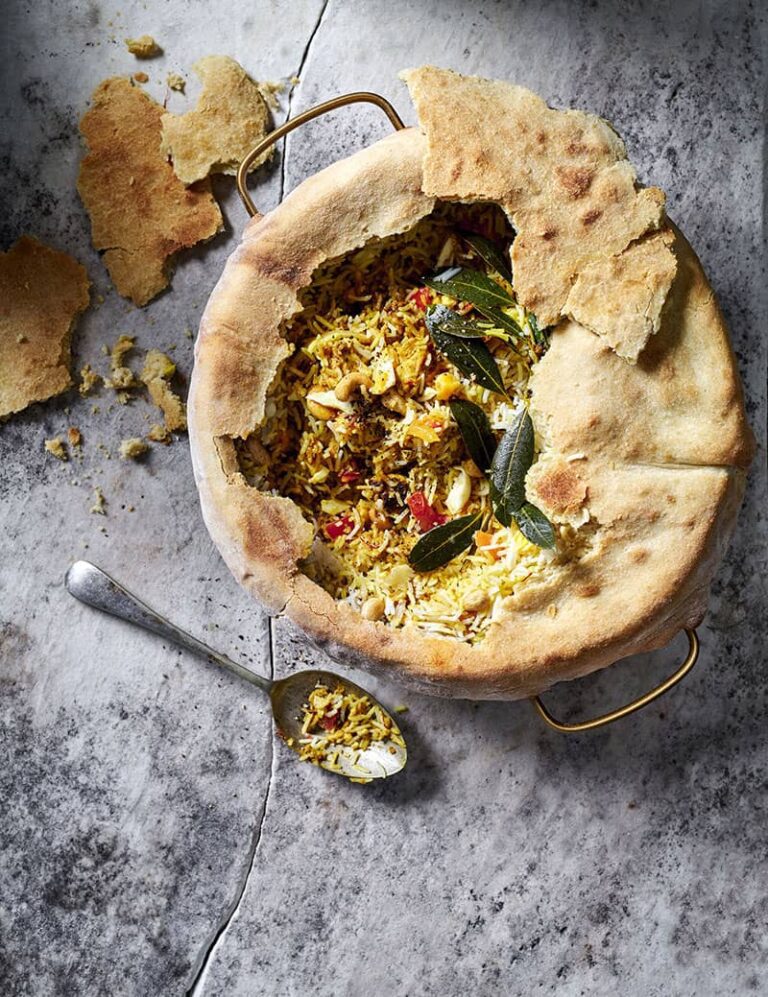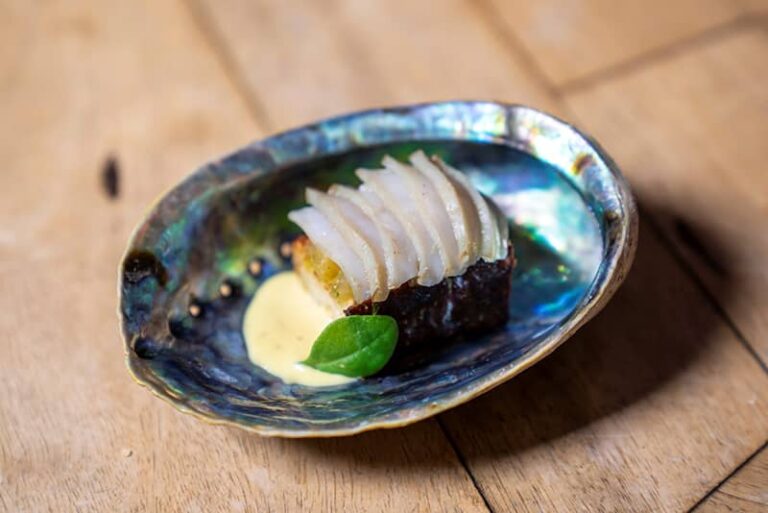DID YOU KNOW?
Spring onions are much milder than the bite and sharp tang of the same raw average brown, white or red onion. They are immature, with more chlorophyll running through the stems and, therefore, the complexity of the sulphur compounds that all onions have hasn’t fully developed. Note that if onions make you cry in the kitchen, simply keeping them chilled before serving helps reduce the volatile compounds.
HOW TO BUY
Spring onions travel quite well. As long as they are fresh and refrigerated they will arrive at the supermarket carefully stacked in bundles tied together, or enclosed in a single-use plastic bag. Any drooping leaves or shrivelling on the white stems indicates they are dehydrated, and yellowy spots means they have been in and out of refrigeration too much.
Spring onions are best bought from a local farmers’ market, where you can be guaranteed that they have come out of the ground that morning, or close to. They are at their sweetest when they are straight from the garden.
HOW TO GROW
The bunching onion grows in good loamy soil, with any compost broken down, and a decent space between it and other crops in the garden. Too close to other plants and the acidic compounds onions excrete from their roots can sneakily hinder the growth of surrounding plants. The seed is fine and usually planted so that the onions bunch together as they grow to provide natural support for each stem.
Spring onions grow at pace well through the spring and summer, but can also grow under a polytunnel or outside in a sunny spot through the winter. If the onions are left too long, the stems turn bulbous and woody, even though the green stems can still be cut and used for flavour. The flowers are gorgeous bee attracters as well.
HOW TO STORE
Wrap them in old newspaper and store in the vegetable crisper in the fridge. It helps keep the leaves fresh and crisp and reduces the onions’ volatiles leeching into other foods in the fridge. When spring onions lose their shape and shrivel in the fridge, don’t instantly throw them out. Cut away any brown leaves or squishy bits, then slice the rest and place in a bag in the freezer. The next time you are making a vegetable- or meat-based stock, add them to the pot for extra flavour.
HOW TO COOK
Spring onions are best eaten raw, but that’s not to say they can’t be used where other onion
is used. They can be cooked and caramelised, and are particularly tasty done on a chargrill. They have a sharp yet fresh tang – great for adding balance to a rich meaty dish, a battered fish, or any chilli dish. Spring onion flavour goes particularly well with soybeans, sesame seeds, soy sauce, and any type of fish, meat or vegetarian dish.
REDUCE WASTE
Plant your own! Spring onions are super simple to grow, anywhere in the garden or in a container by the back door. You can pick as needed. Add a few new seeds every week to keep them growing.







